Recently I was looking for a new CCTV camera to replace my Sony 1/3″ CCD IR Dome Camera. My usual supplier, Reginex Sdn Bhd at Low Yat Plaza suggested that I try out CNEX Hitachi DSP 1/3″ Sony CCD 4mm Dome Camera. Instead of an infra-red emitter, it uses a Digital Signal Processor (DSP) to enhance images so that images could be seen even in low light, as low as 0.0001 lux.
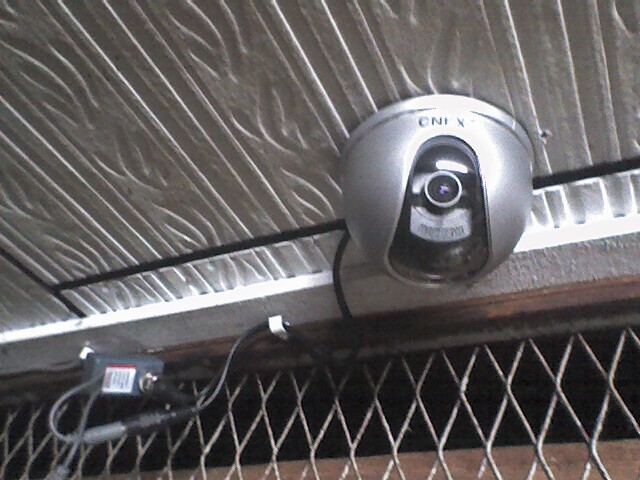
It took me a while to figure out how to fix it to the ceiling since the base consists of three interlocking pieces.
- The base plate which you fix to the ceiling.
- The dome base which clips onto the base plate.
- The camera on a rotating gimble which clips onto the dome base.
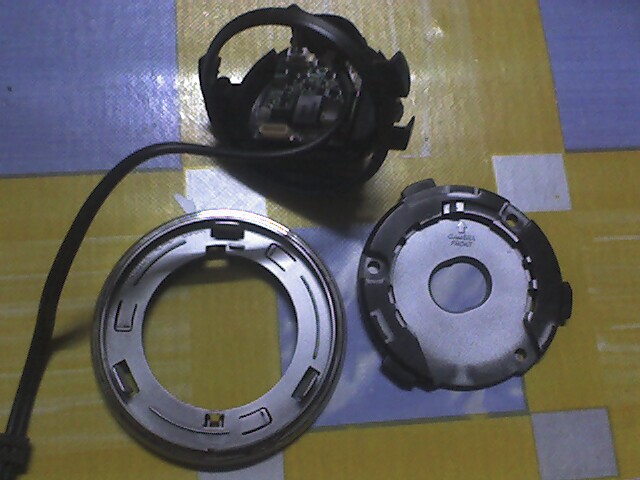
The nice thing about this design is that you can easily rotate the camera into whatever position that you want just by using your hand. No need to look for a screwdriver!
Makes it easier in fine tuning the postion of the camera.
My kids and I had a lot of fun viewing ourselves in the fluorescent light and in the dark. Here are our images as captured by the camera and displayed on the television;
Under fluorescent light;
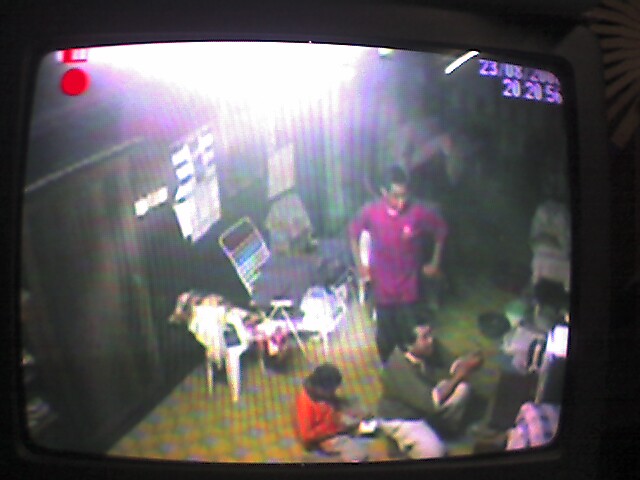
In the dark;
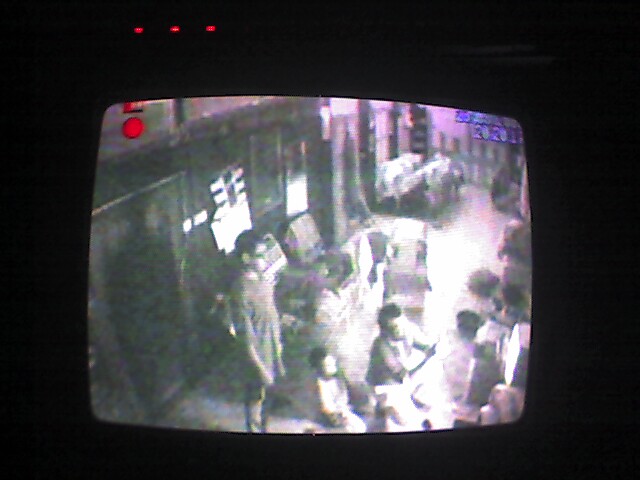
Sorry for the poor quality of the images. It didn’t cross my mind at that time, to grab the images using my notebook and the Prnt Scrn button. But you can see from the images, with just the light from the television screen, the entire hall could clearly be seen.
But which is better? An Infra-Red Camera or the low-light camera? Let us compare images from 4 different types of cameras in 4 different types of situation, so that we can decide objectively.
The cameras are;
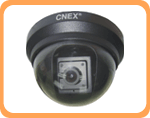 |
1/4″ SHARP CCD – usual CCD camera, no IR. |
3.6mm Fixed Lens, Min. illumination 0.3Lux, More than 380 TV Lines, DC12V |
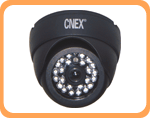 |
SONY 1/3″ CCD IR – indoor CCD camera with IR capability. |
3.6mm Fixed Lens, Min. illumination 0Lux (IR LED On), More than 380 TV Lines, Up to 15m IR range, DC12V |
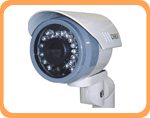 |
1/3″ PANASONIC D5 CCD – outdoor CCD camera with IR capability |
4mm Fixed Lens, Min. illumination 0Lux (IR LED On), More than 420 TV Lines, Up to 20m IR range, Weatherproof, DC12V |
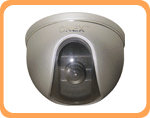 |
HITACHI D.S.P. 1/3″ SONY CCD – indoor CCD camera with Hitachi D.S.P to enhance images in low light situation. |
4mm Fixed Lens, Min. illumination 0.0001Lux, More than 520 TV Lines, DC12V |
The images are taken in 4 situations;
- Daylight
- Fluorescent light
- Low light
- Total darkness
| Camera | Daylight | Fluorescent light |
|---|---|---|
| Sharp CCD
Both images are adequately clear. |
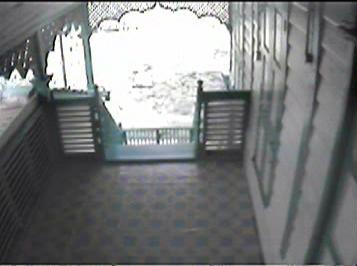 |
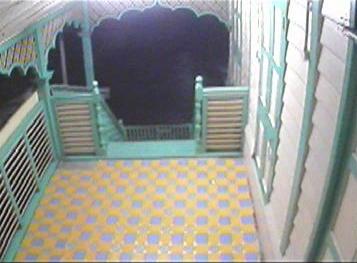 |
| Sony IRIn daylight, it seems okay but there is a halo like effect under fluorescent light. The infra-red light is being emitted although there is enough light. Since the IR and the camera shares the same glass cover, the infra-red light “contaminates” the image being recorded, giving it a halo-like effect.This will also give rise to overheating problem and increase of electricity consumption. |
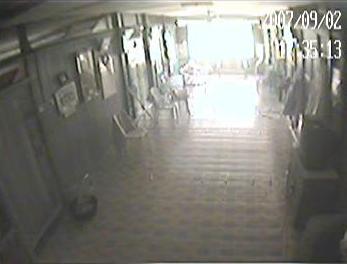 |
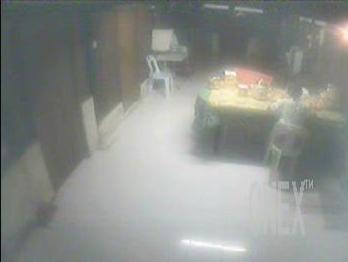 |
| Panasonic IR
Both images are okay. There is no halo light effect since the IR light is emitted only in total darkness. The glass cover for both IR and camera is 2 different pieces, so there is no “contamination” by the IR light. |
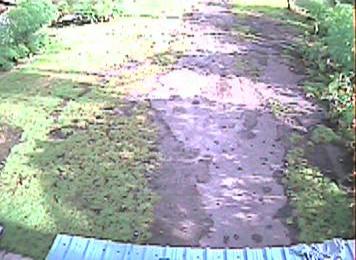 |
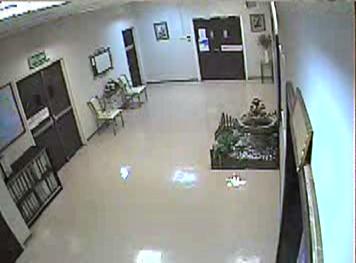 |
| Hitachi DSP
Quite clear images. Not much problem since no IR being emitted. |
Sorry, no image available. | 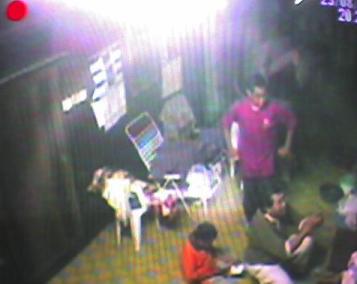 |
| Camera | Low light | Total darkness |
|---|---|---|
| Sharp CCD As expected, very little could be discerned under low light and total darkness. |
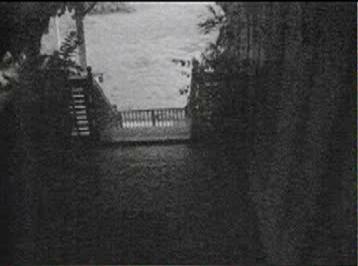 |
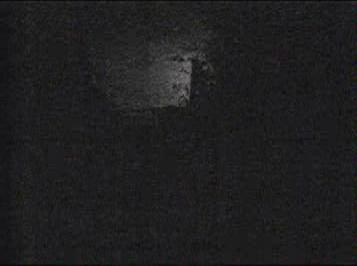 |
| Sony IR
The camera performs well enough under low light or total darkness. However the glass cover and the camera lense must be cleaned and adjusted regularly. Otherwise the image will be blurred. |
Sorry, no image available. | 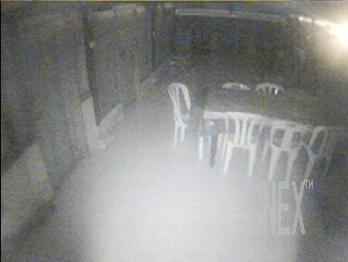 |
| Panasonic IR
The camera performs well under low light and total darkness. It is still possible to determine what is being recorded. It requires little maintenance since the camera is weatherproof. |
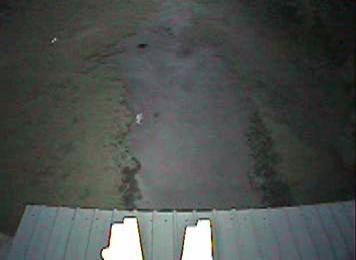 |
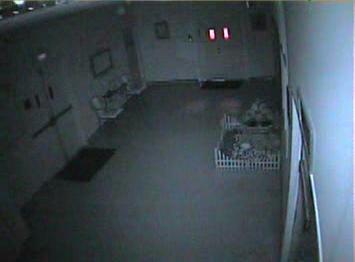 |
| Hitachi DSP
Even though the little light available is from outside, the entire hall could be clearly seen. However the camera is totally useless in total darkness. |
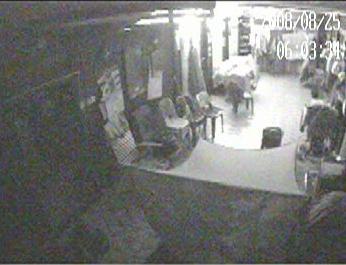 |
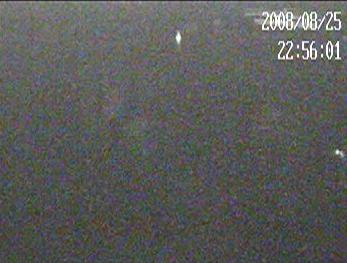 |
Conclusion
CNEX Hitachi DSP 1/3″ Sony CCD 4mm Dome Camera is a good indoor dome camera and it could function well even in low light. However it is totally useless in total darkness. Personally I prefer 1/3″ PANASONIC D5 CCD even for indoor installation, but the presence of the camera would be very obvious to anybody passing by. A dome camera like the CNEX Hitachi DSP 1/3″ Sony CCD 4mm Dome Camera is less obvious compared to the Panasonic. Due to their design, both cameras are easy to install and easy to position, unlike the Sharp CCD & the Sony CCD IR.
I have used eight Panasonic D5 CCD for about two years and I am quite happy with them. Hopefully I would be equally happy in using the CNEX Hitachi DSP camera.
